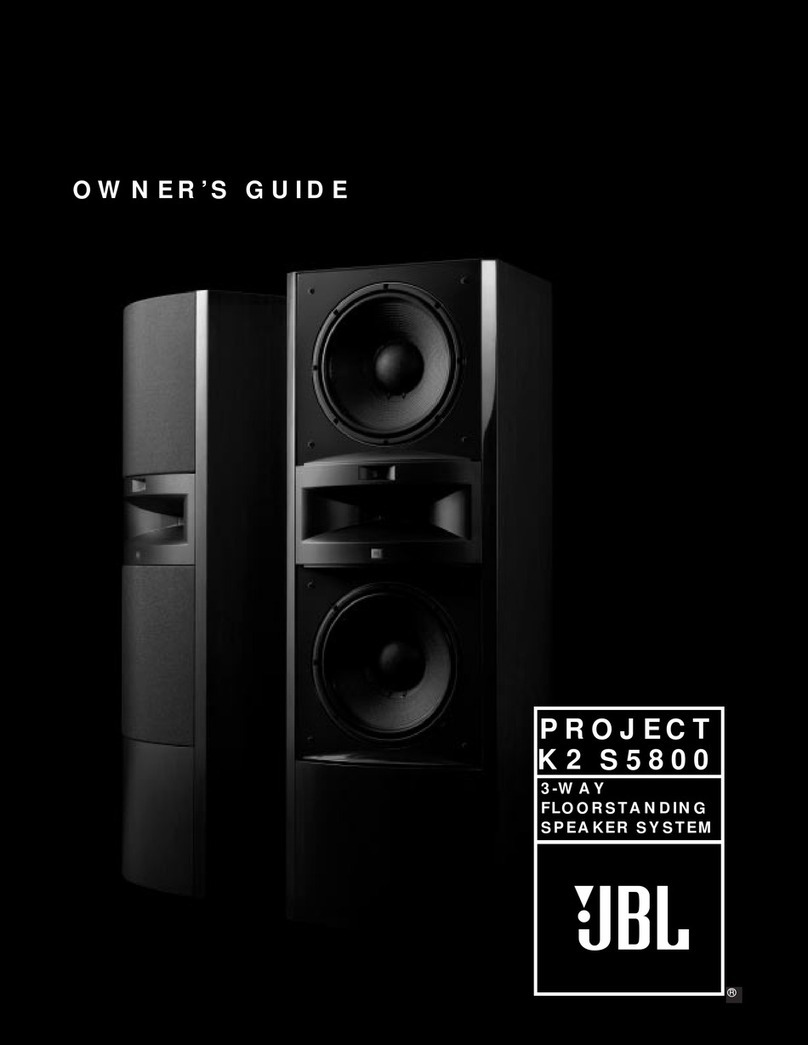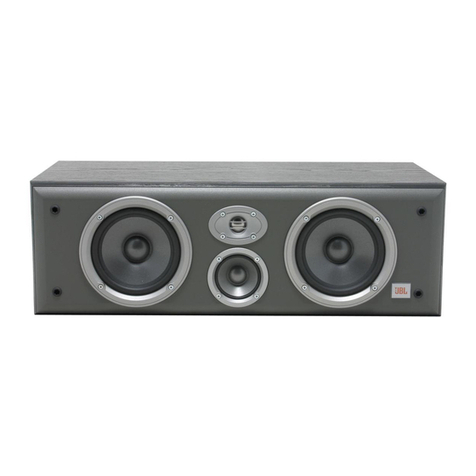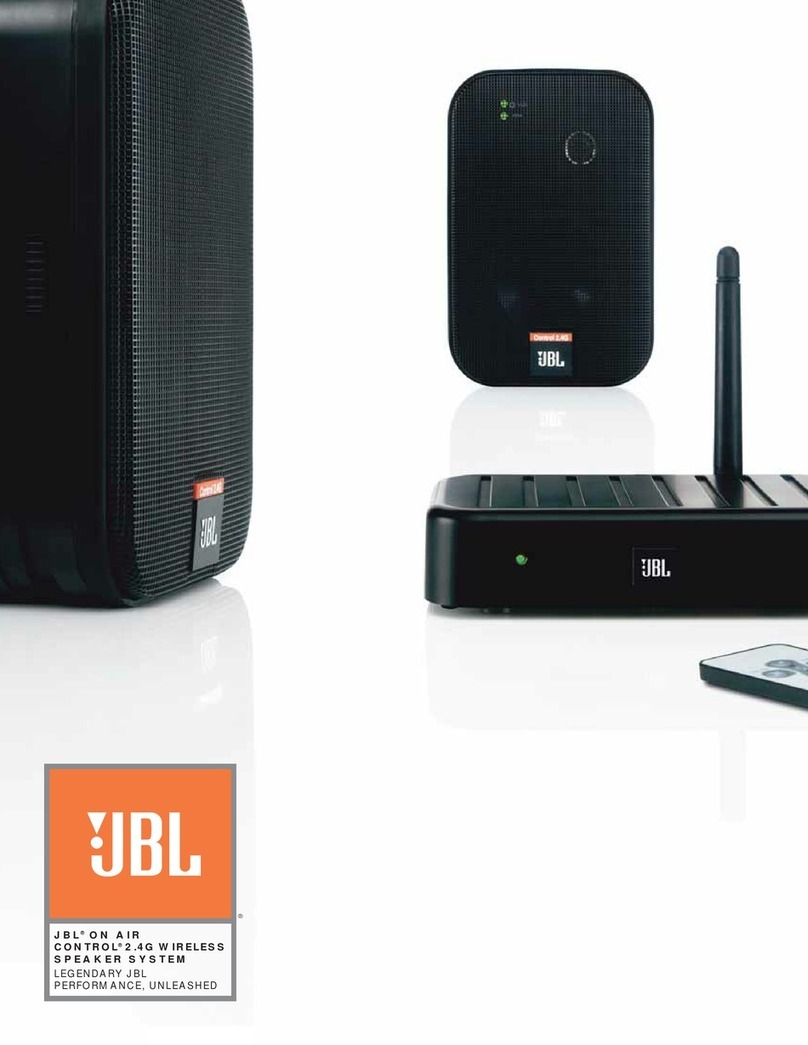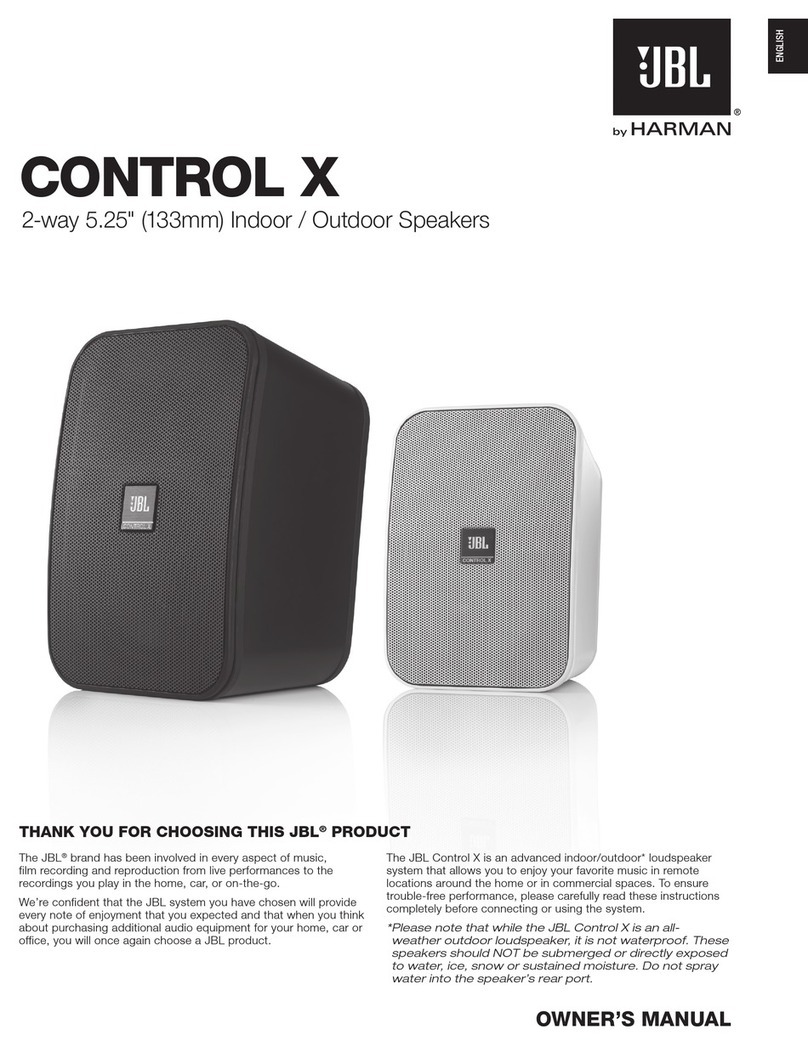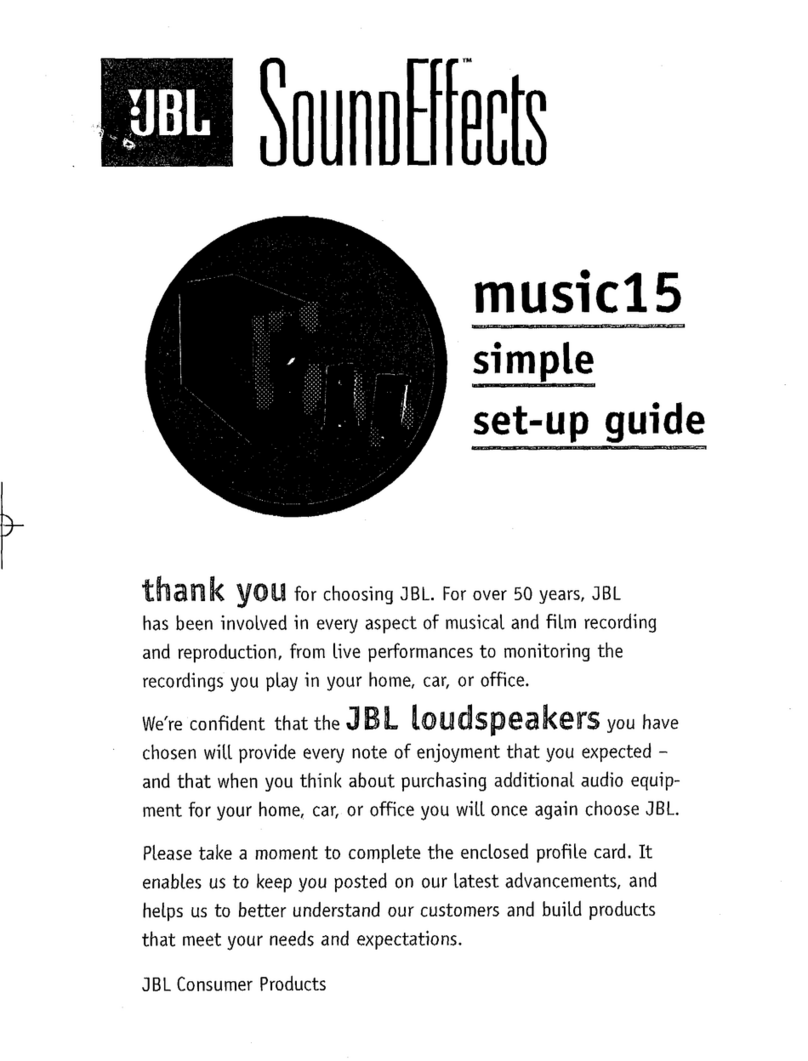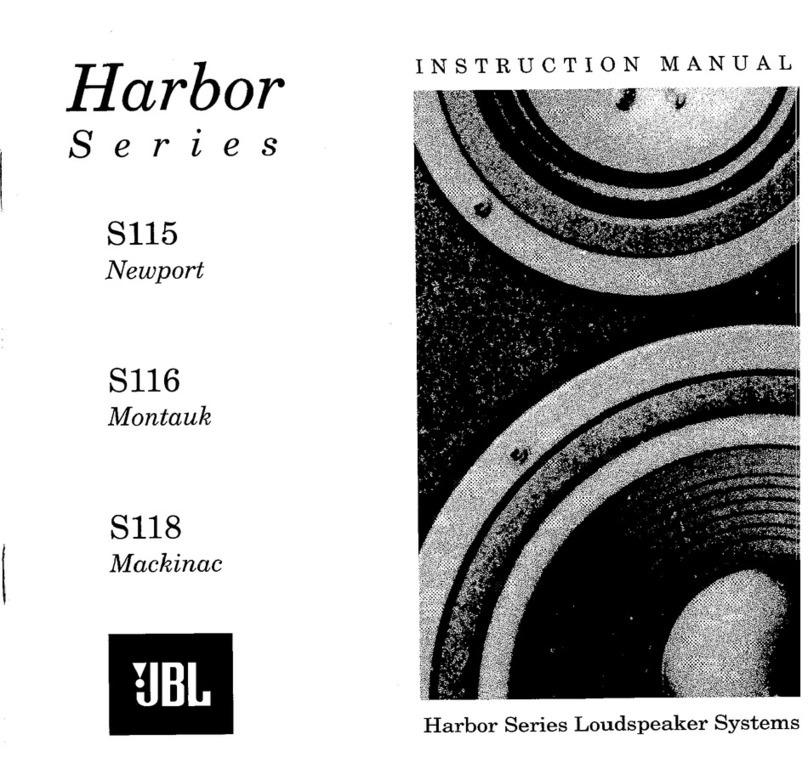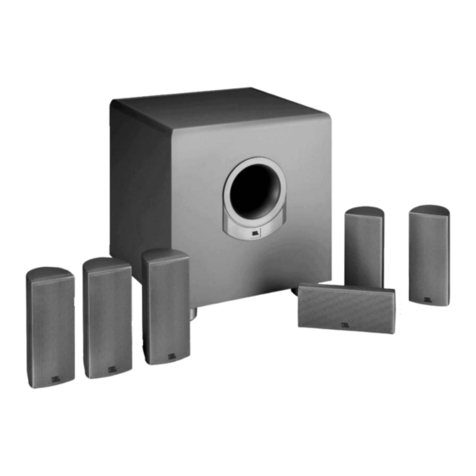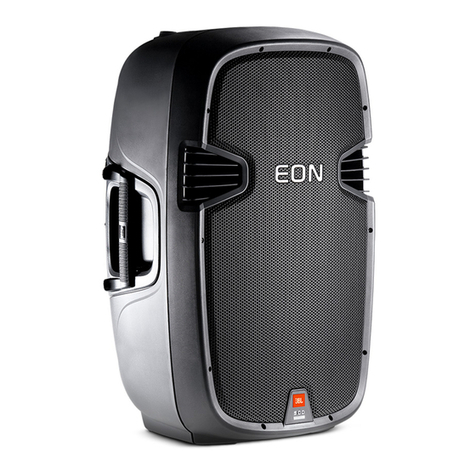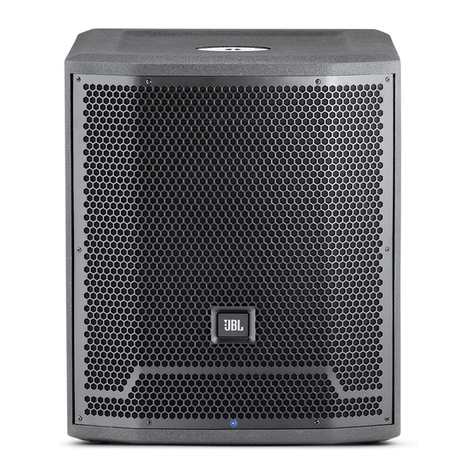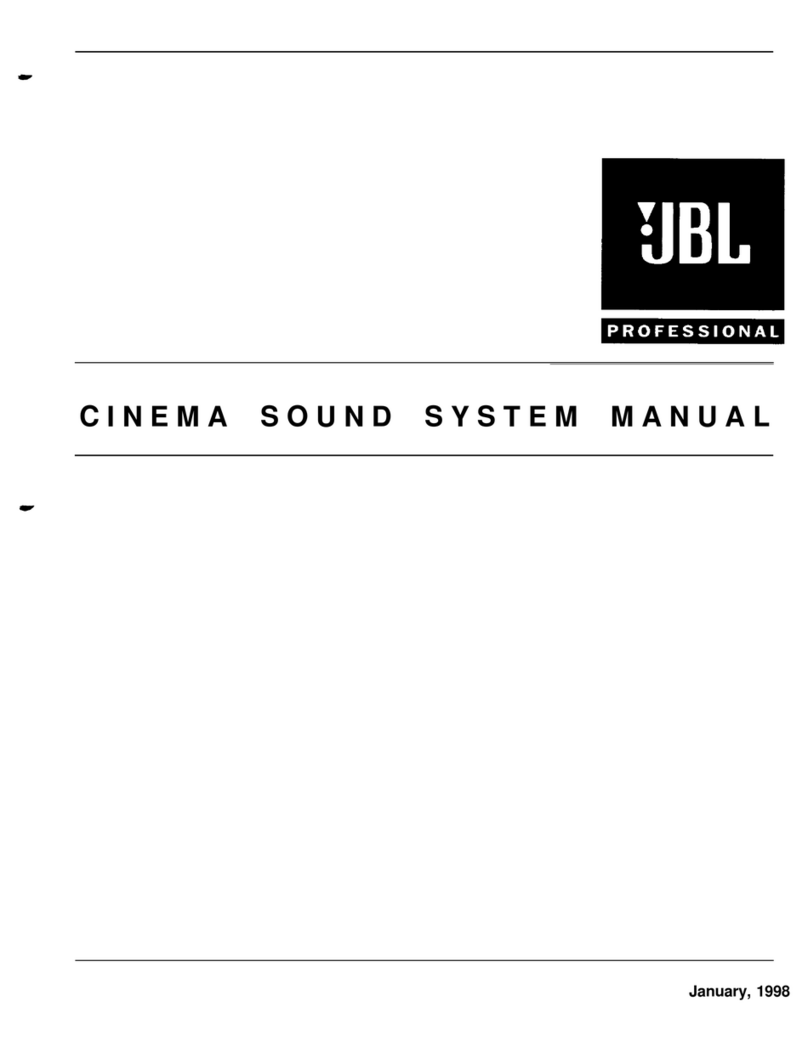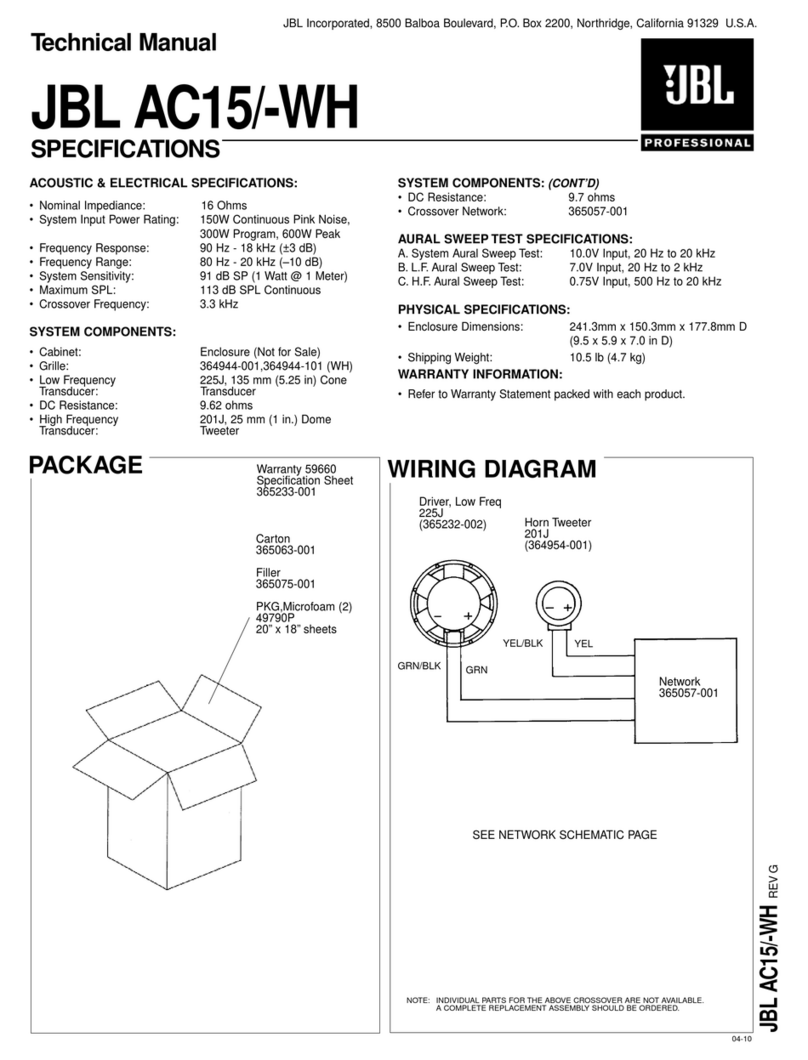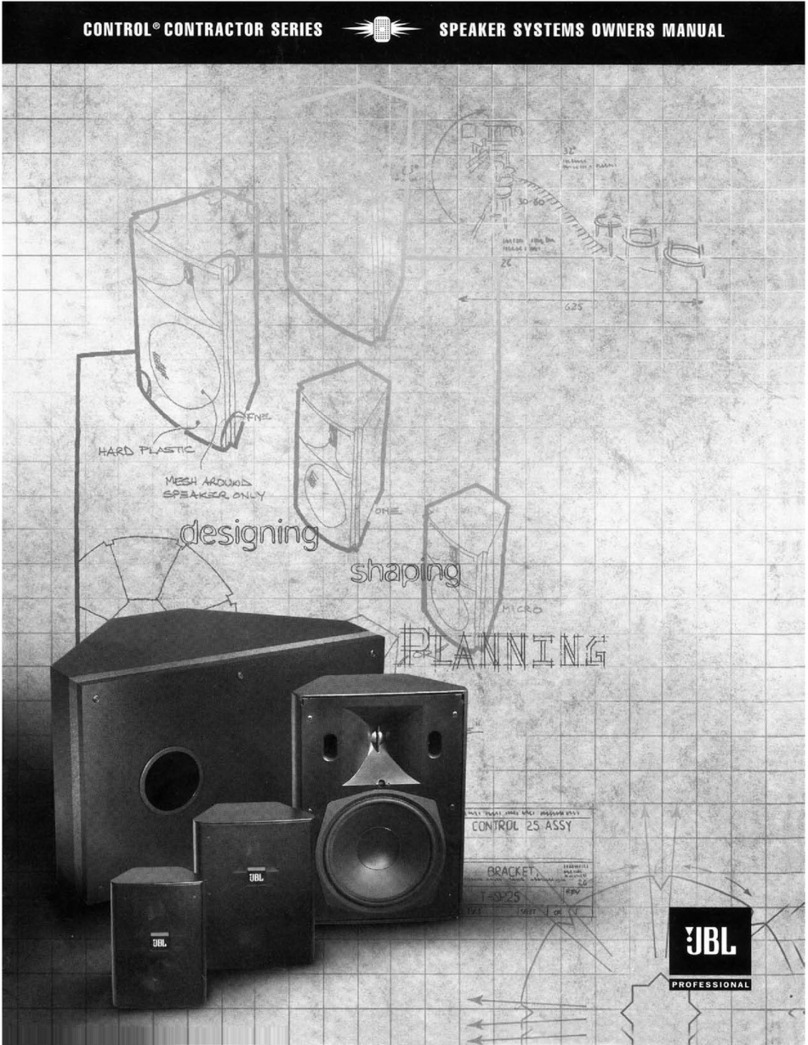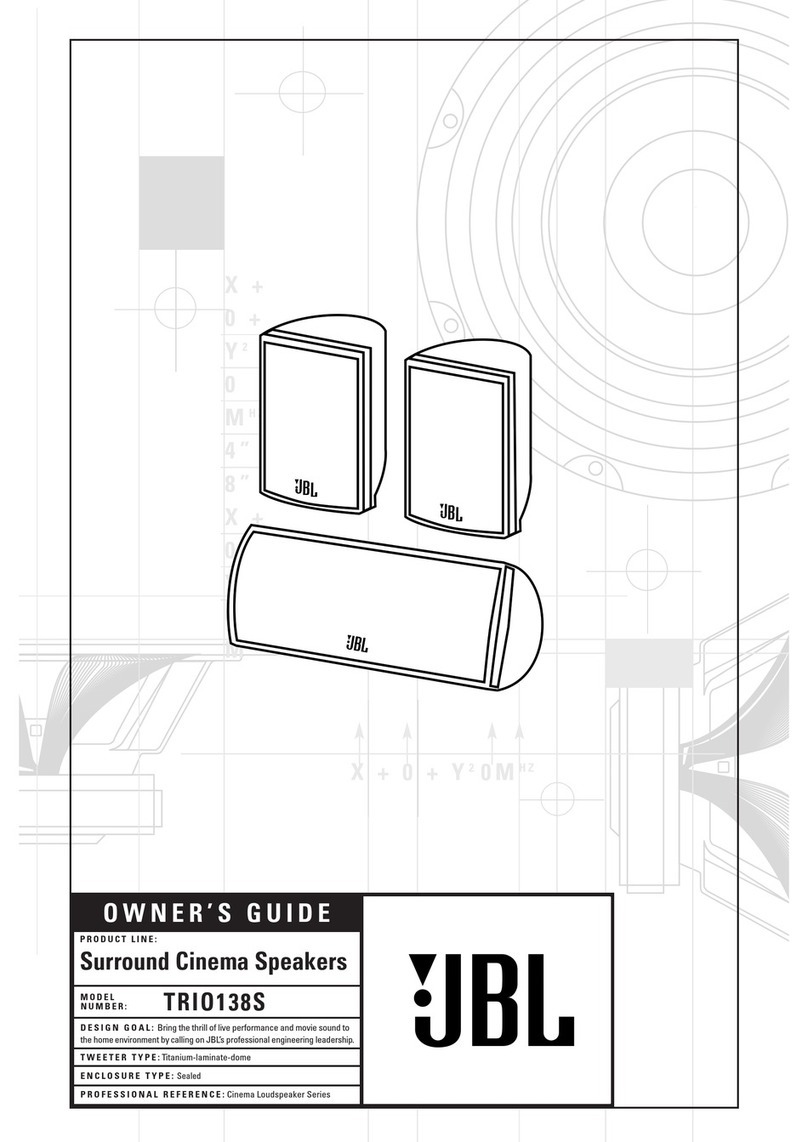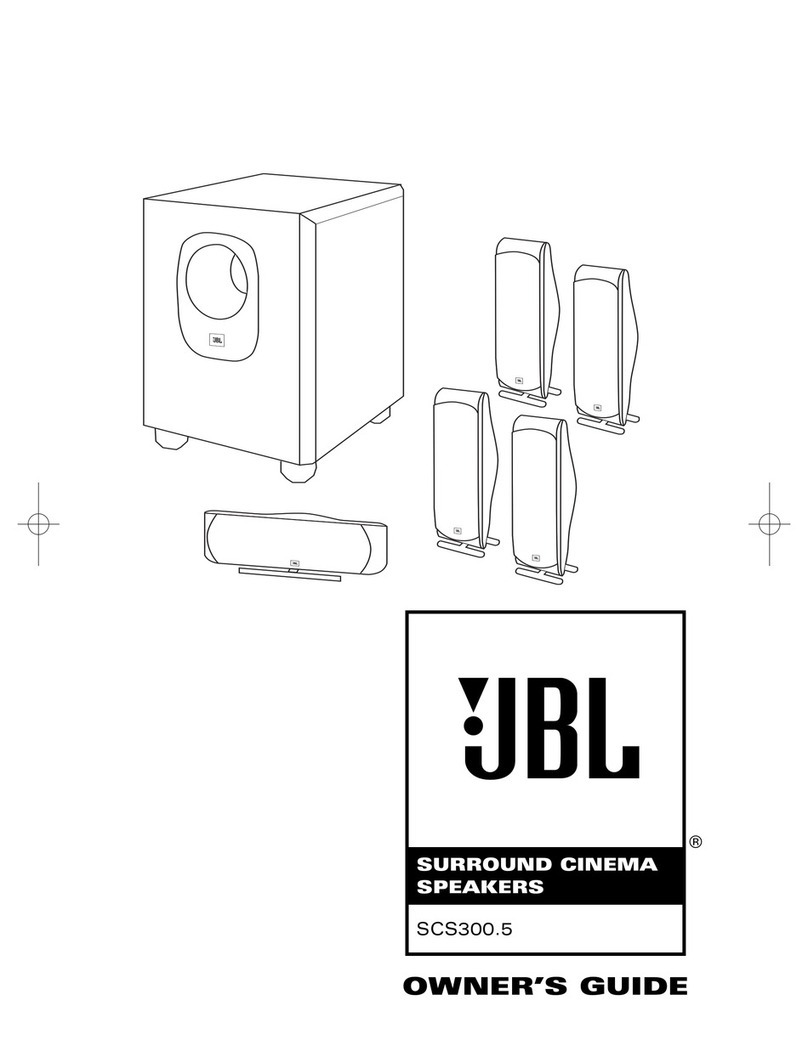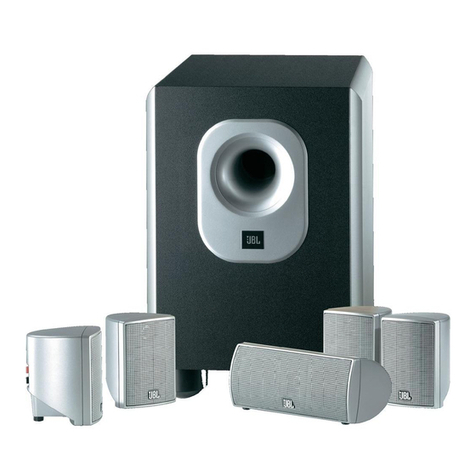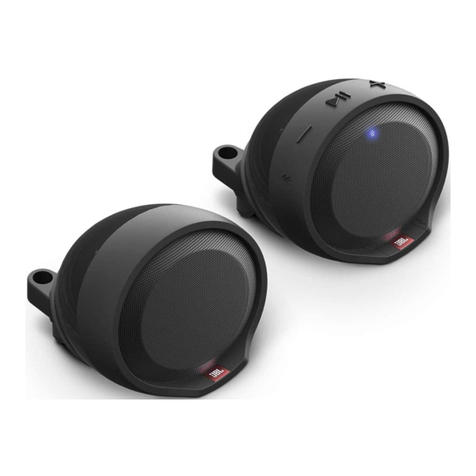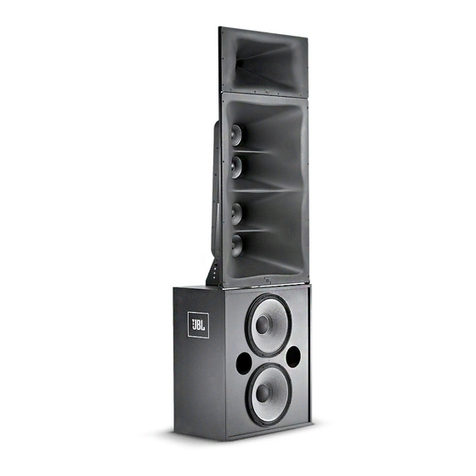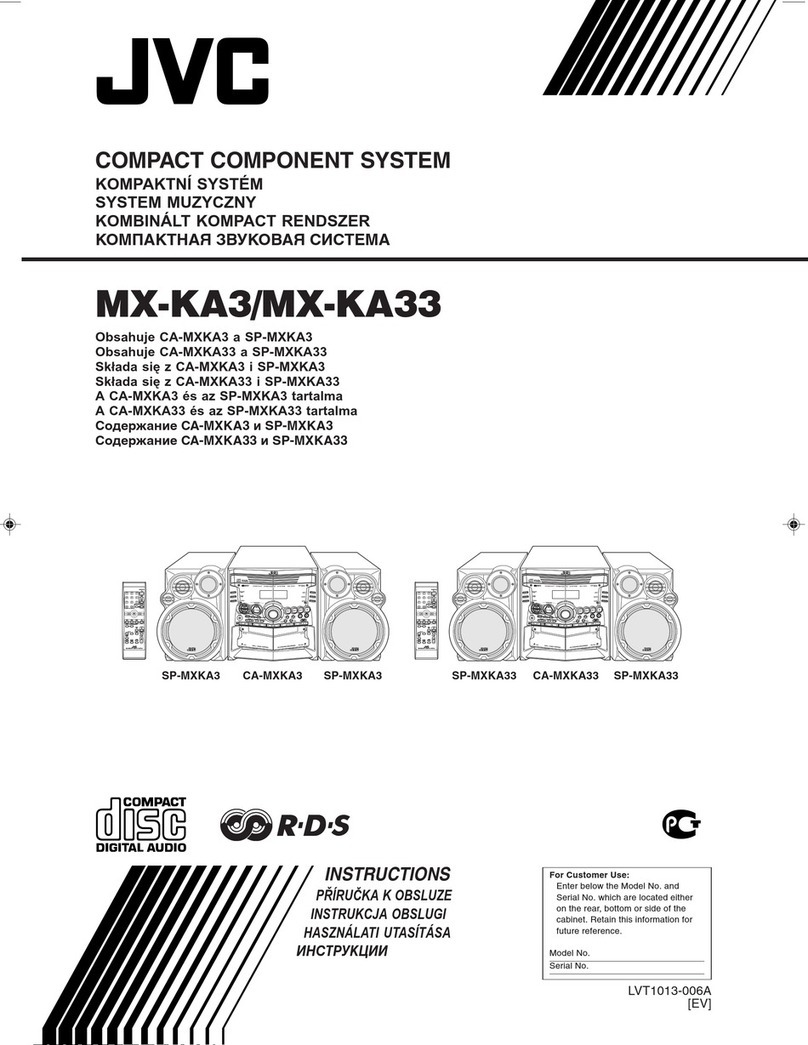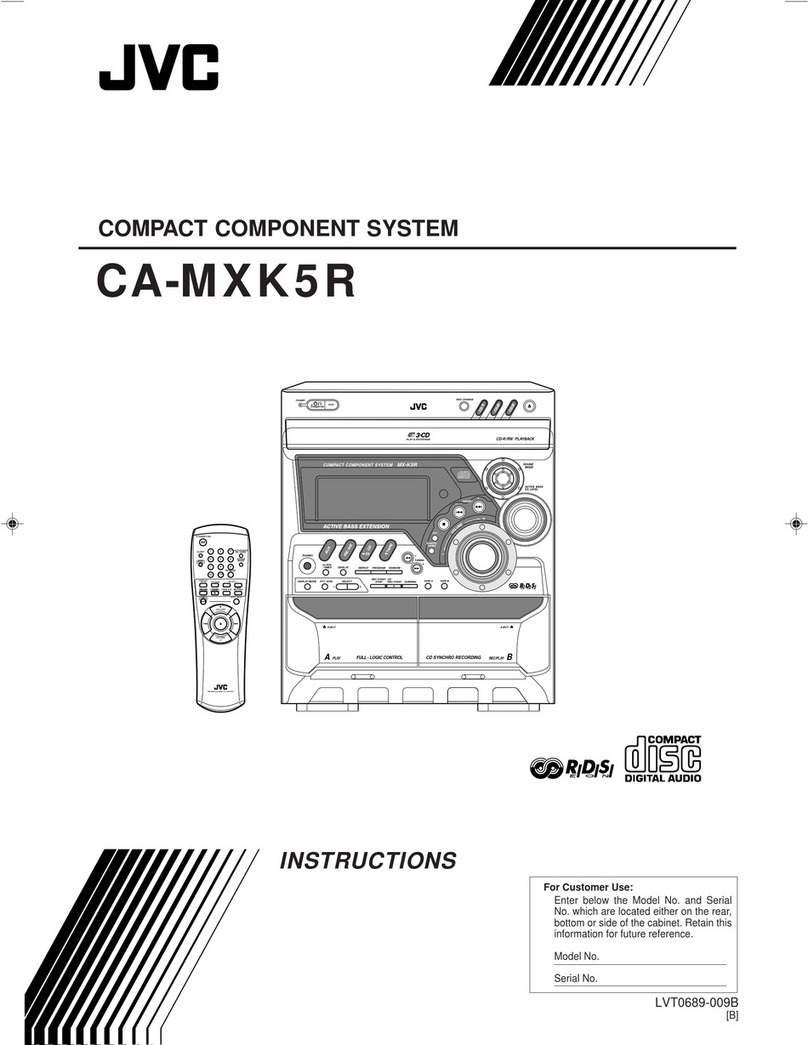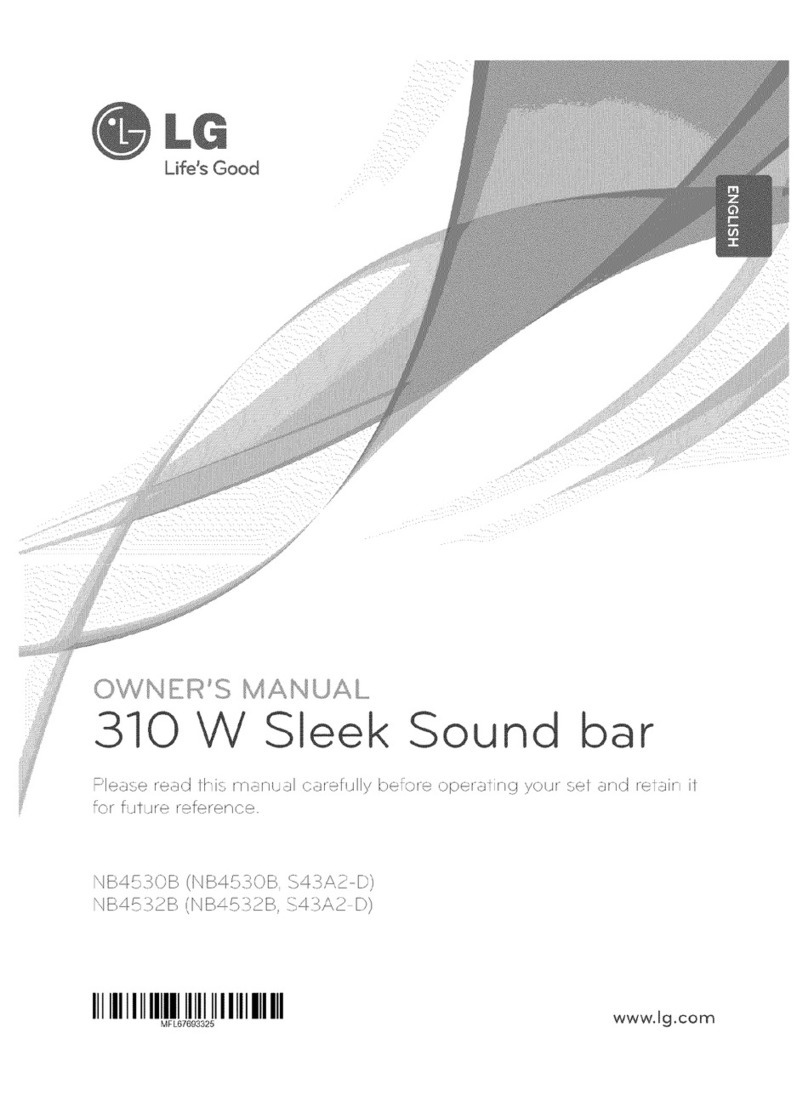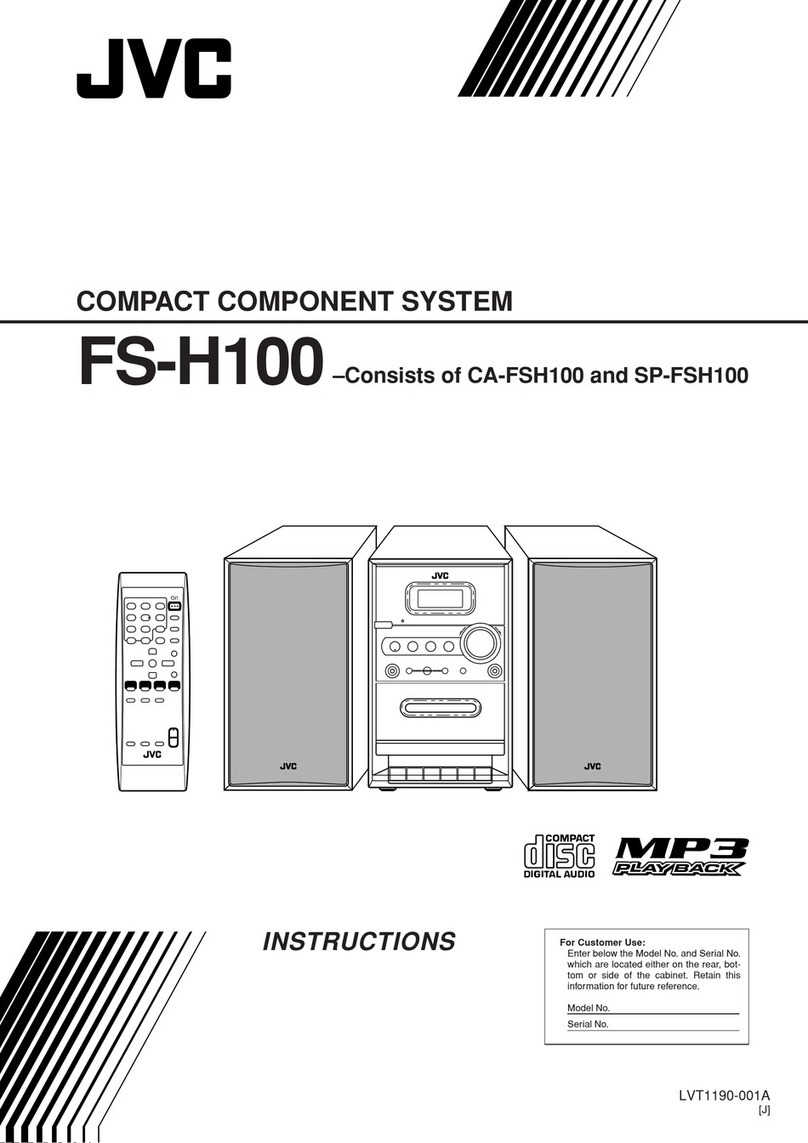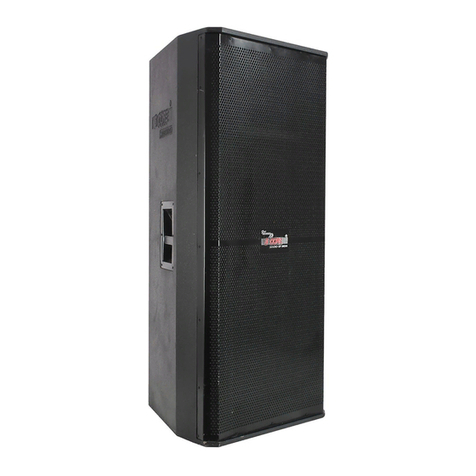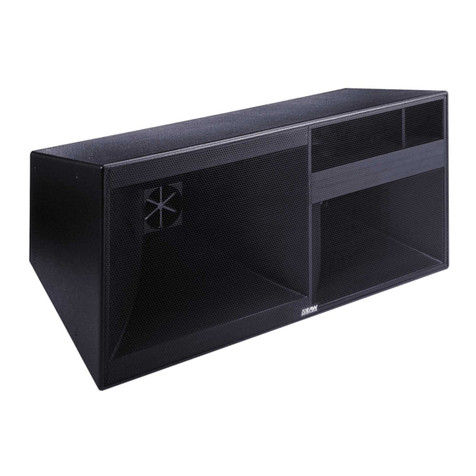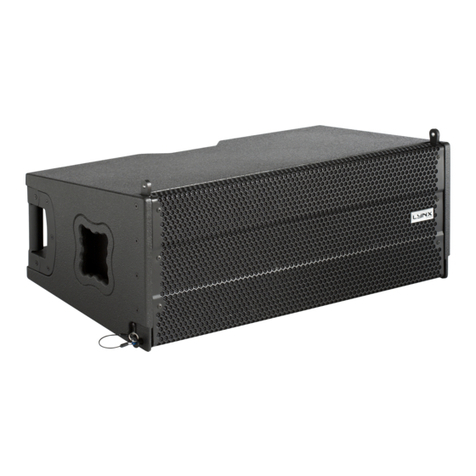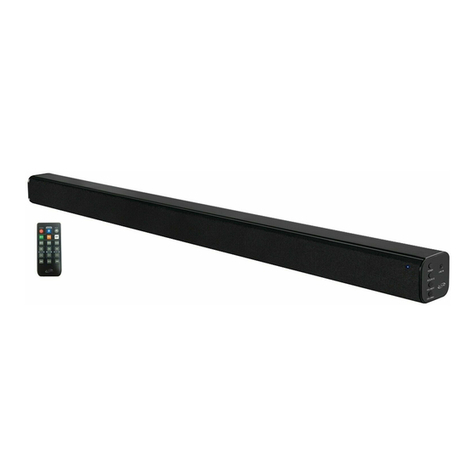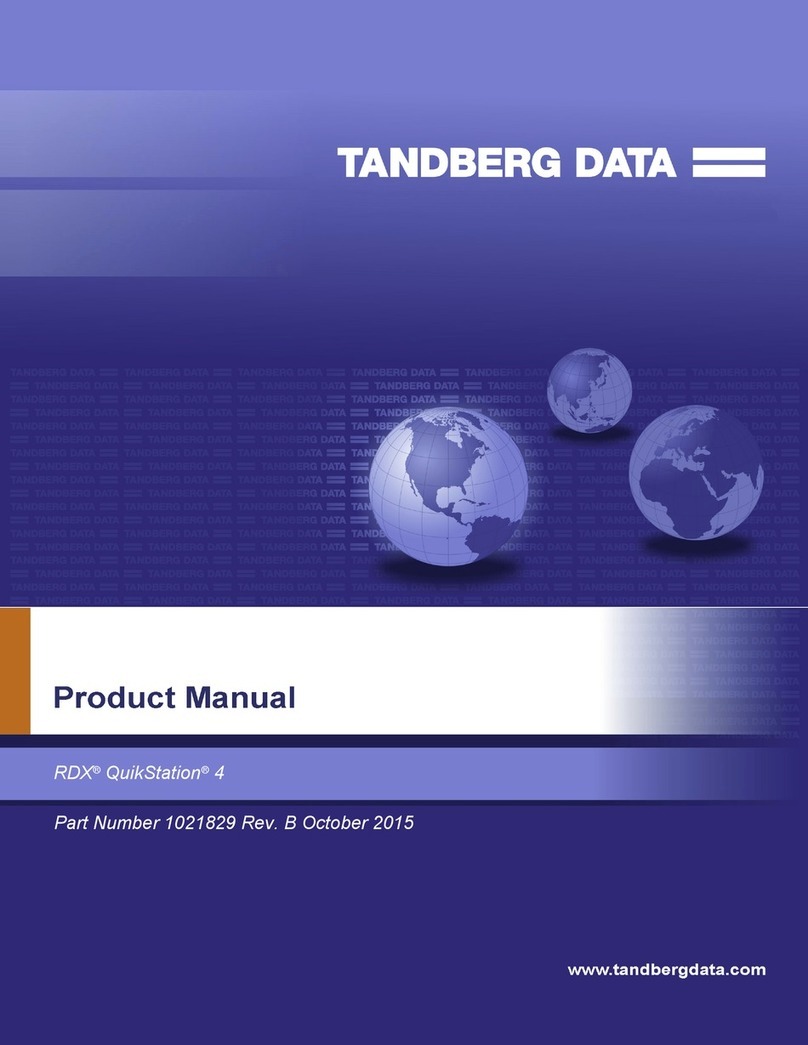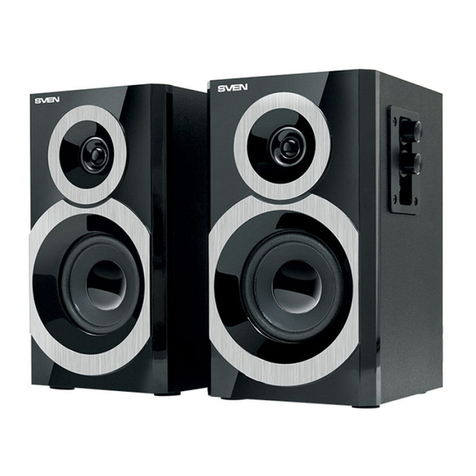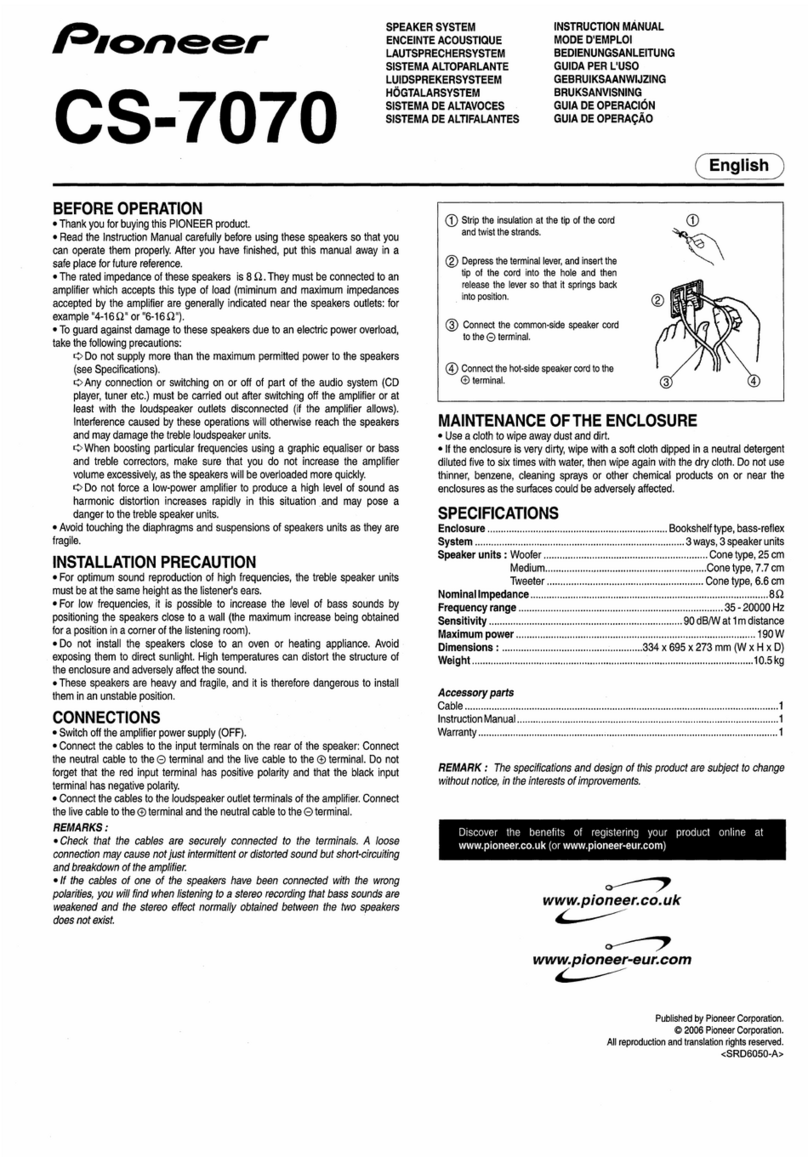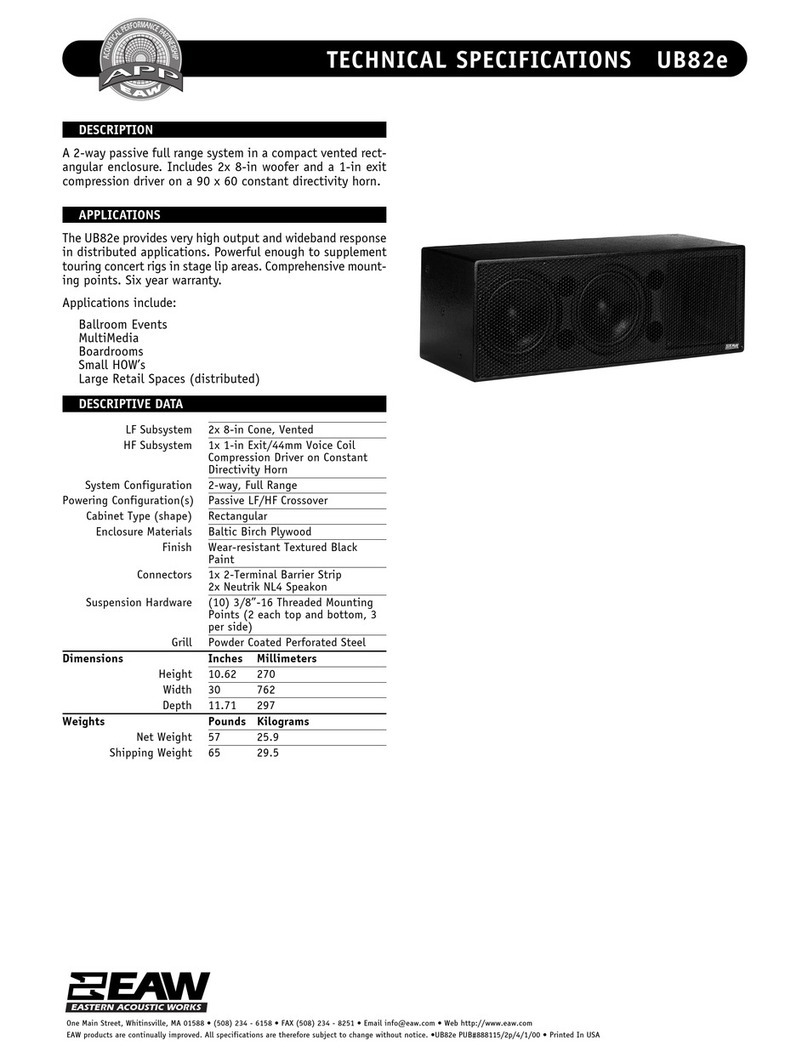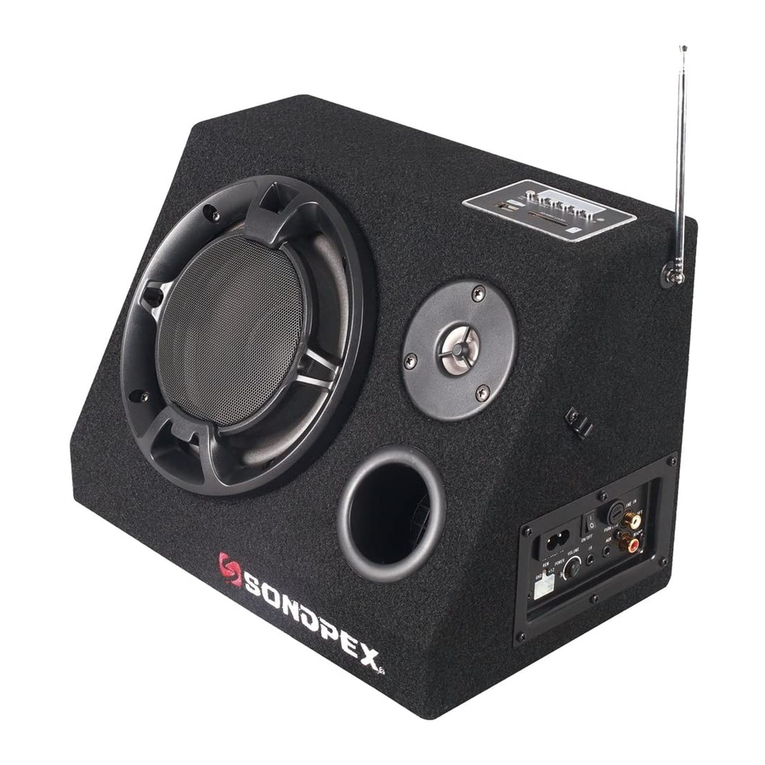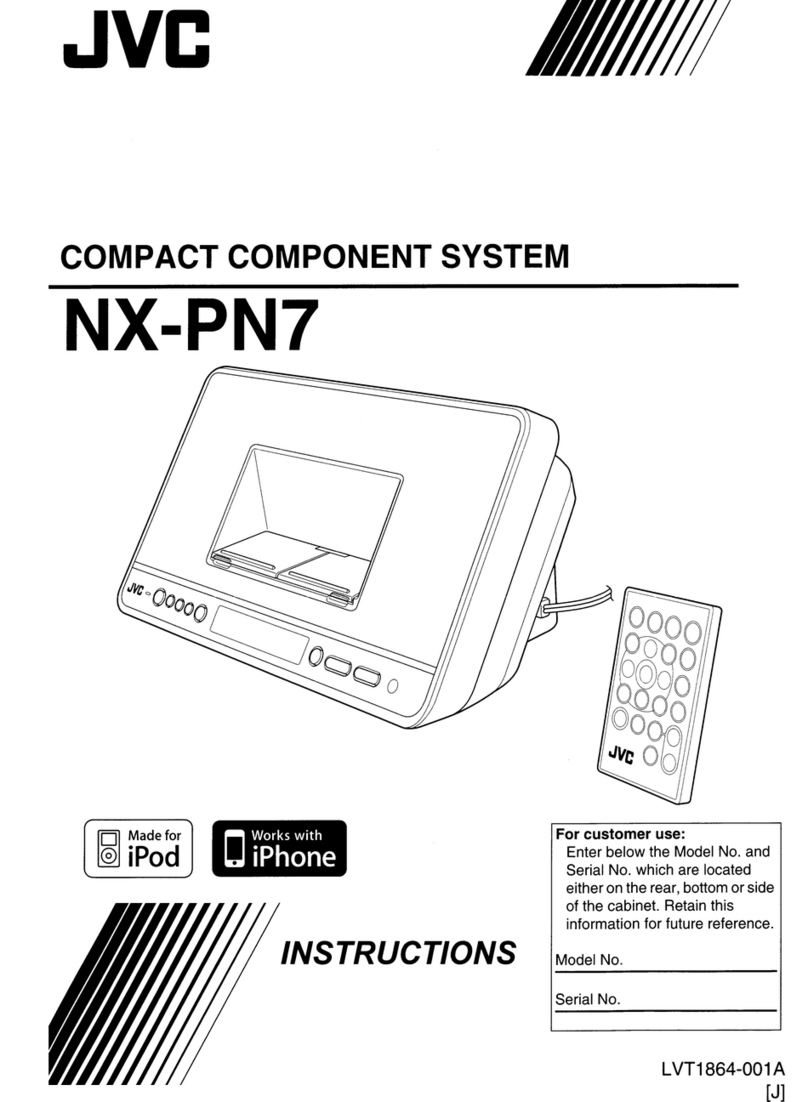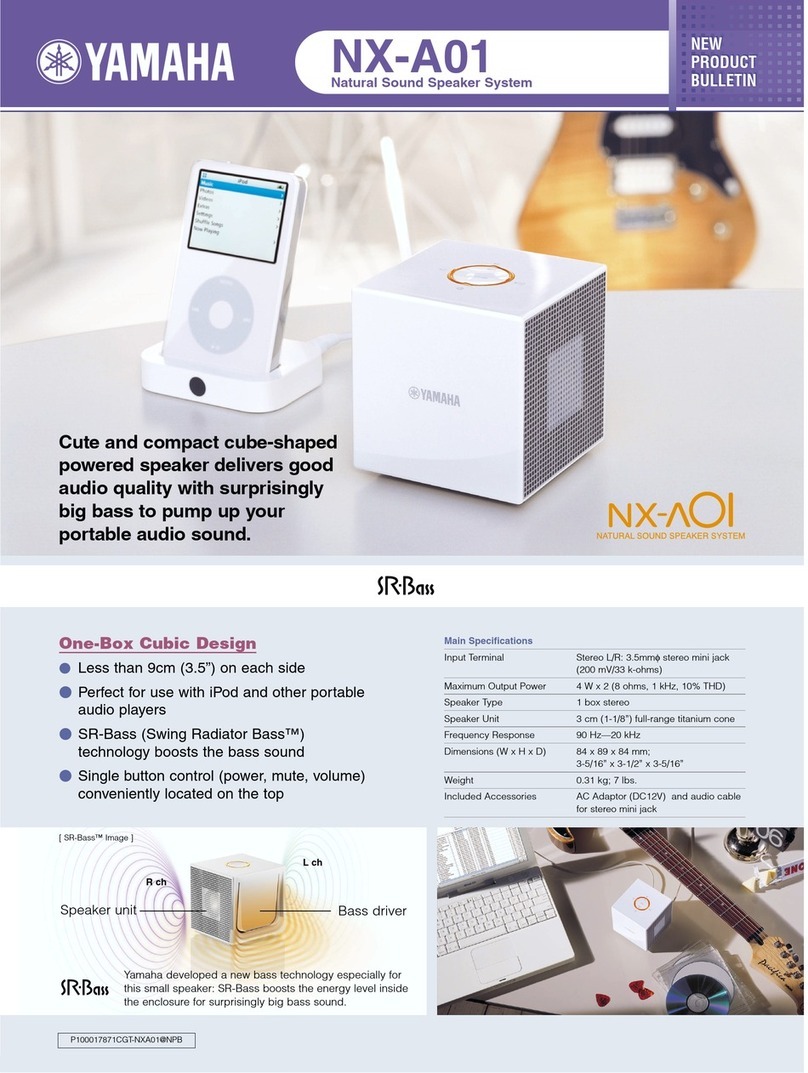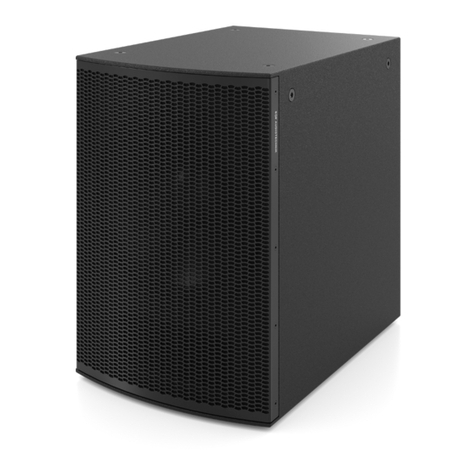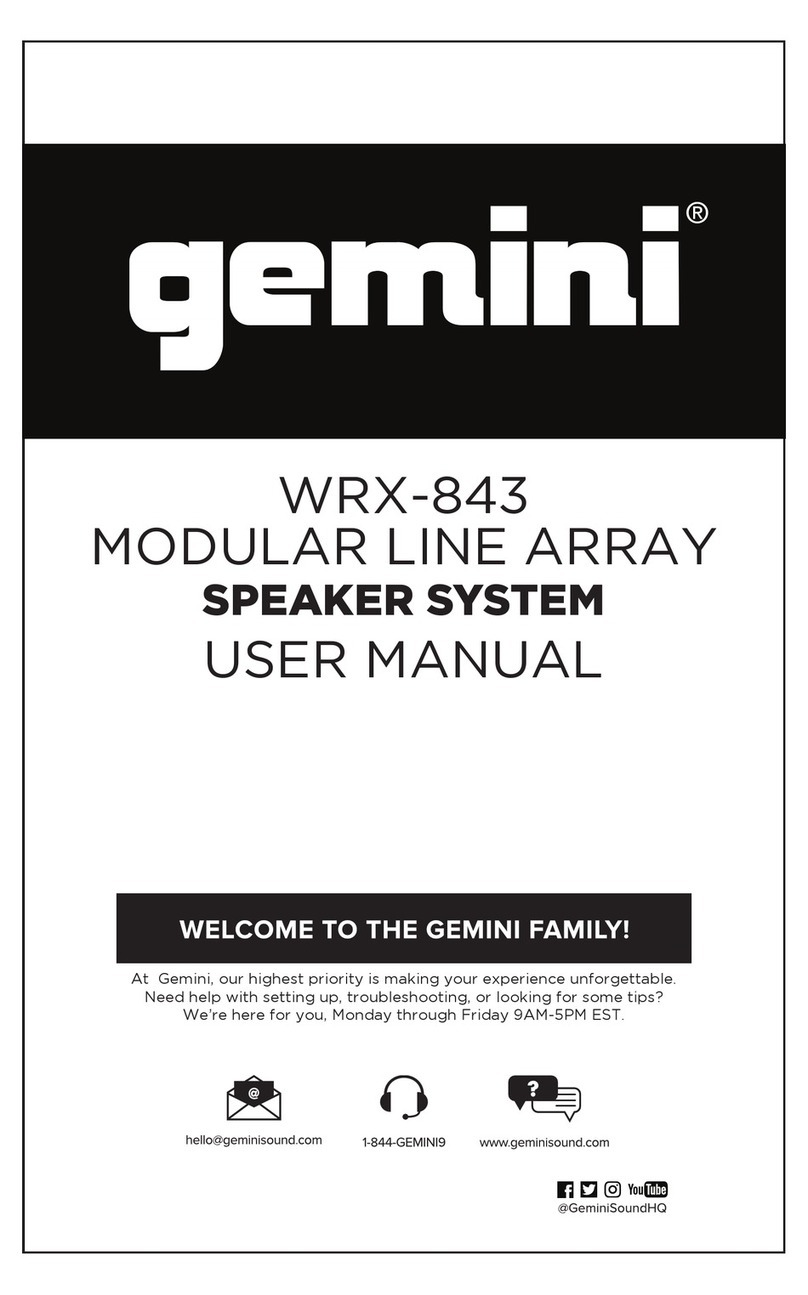
INCASE OF TROUBLE
surface scratches can usually be removed by gently rubbing
them out with very fine steel wool (4/0 grade) and applying
oil to the entire panel. Very deep scratches, dents or other
serious damage should be repaired only by a qualified
furniture refinisher.
Caution: Improper storage of wiping rags could result in
spontaneous combustion. They should be spread out to dry
in a well-ventilated area before storage or disposal.
A JBL loudspeaker system responds with verbatim accuracy
to the signal supplied by the audio power source; it will
therefore reproduce extraneous noises just as accurately as
it reproduces desired program material. Noise seldom
originates in the loudspeaker system. Its presence usually
indicates that one of the other components of the music
system, or the program material itself, is faulty. In rare
instances when something does go wrong with the
loudspeaker system, one or more of the component
loudspeakers will stop working altogether or a distinct
rattling or scraping sound (indicating a rubbing voice coil)
will be heard whenever the system is operating.
If one channel of a stereo installation is not operating,
examine the loudspeaker wiring and check the balance
control. If wiring instructions were followed correctly, if the
connections are clean and tight, and if centering the
balance control does not remedy the situation, reverse the
right and left loudspeaker connections at the amplifier,
taking care to turn the amplifier off before each connection
or disconnection. If the previously non-functional
channel operates, the amplifier or one of the
component program sources (tuner, phono, tape deck, etc.)
is malfunctioning. In the event that the system channel
is still inoperative, it is probably defective.
To determine whether the defect lies in the amplifier or
in one of the component program sources (after verifying
that the loudspeaker systems are not defective) reverse the
right and left cables from the program source at the
amplifier. If the original channel is still inoperative, the
amplifier is defective; if the previously inoperative channel
functions, the program source is defective. If the amplifier is
not faulty, alternately check each program source until the
defective unit has been isolated. It is unlikely that more
than one program source will be faulty at any given time.
Extraneous interference such as static or radio
broadcast signals can be picked up by the component
devices. When this occurs, the troublesome unit can be
identified by disconnecting inputs from the receiver or
amplifier until the interference stops. Again, if the
interference persists with none of the input devices
operating through the power source, the receiver or
amplifier itself is probably defective. Shorting plugs,
available from your JBL Audio Specialist, should be
10
inserted in unused phono inputs to help eliminate stray hum
or signal pickup.
Hum may be caused by locating a turntable or tape
recorder directly over or underneath the amplifier or
receiver. The farther the audio power source is located from
the phonograph cartridge or tape heads, the less chance
there will be of picking up hum. The AC leads and
shielded cables should be as widely separated as possible;
AC lines should never cross cables or speaker wiring.
Power line interference can be further attenuated by using a
heavy duty line interference filter between the audio power
source and the AC wall outlet.
Fuzzy or indistinct high pitched sounds can usually be
traced to the recording itself, a defective cartridge, a worn
stylus or insufficient tracking force. Problems with low
frequency reproduction are usually the result of room
acoustics or placement of the speaker system. Excessive
bass boost or incorrect loudness compensation tend to give
a muddy or "boomy” quality to reproduced music.
Acoustic feedback is the result of mechanical vibrations
produced by excessive bass at very high volume levels. The
loudspeaker system can produce enough energy to vibrate
other objects in the room —including the record player and,
by direct mechanical transmission, the stylus itself. These
vibrations are reamplified again and again, producing very
loud ''rumble,” or even a sustained howl that increases in
intensity as the volume or bass control is turned up.
Possible solutions: 1) locate the speaker as far as
possible from the turntable, 2) adjust or replace the
turntable shock mountings, 3) place the turntable on a
rubber or sponge mat to further absorb vibrations. If the
low frequency tone is still audible, it is probably the result
of inherent turntable rumble rather than acoustic feedback.
Should your Paragon require service, remove the defec- SERVICE
tive component (see COMPONENT REMOVAL) and return
it to the JBL dealer from whom your Paragon was pur
chased. If it is not possible to contact a dealer, write directly
to the JBL Service Department describing the difficulty as
fully as possible. Products returned to the factory must be
sent prepaid. The warranty is recognized only when the
unit is repaired by JBL or an authorized JBL Service Agency
and if the serial number of the unit has not been defaced or
removed.
Sp*
11

